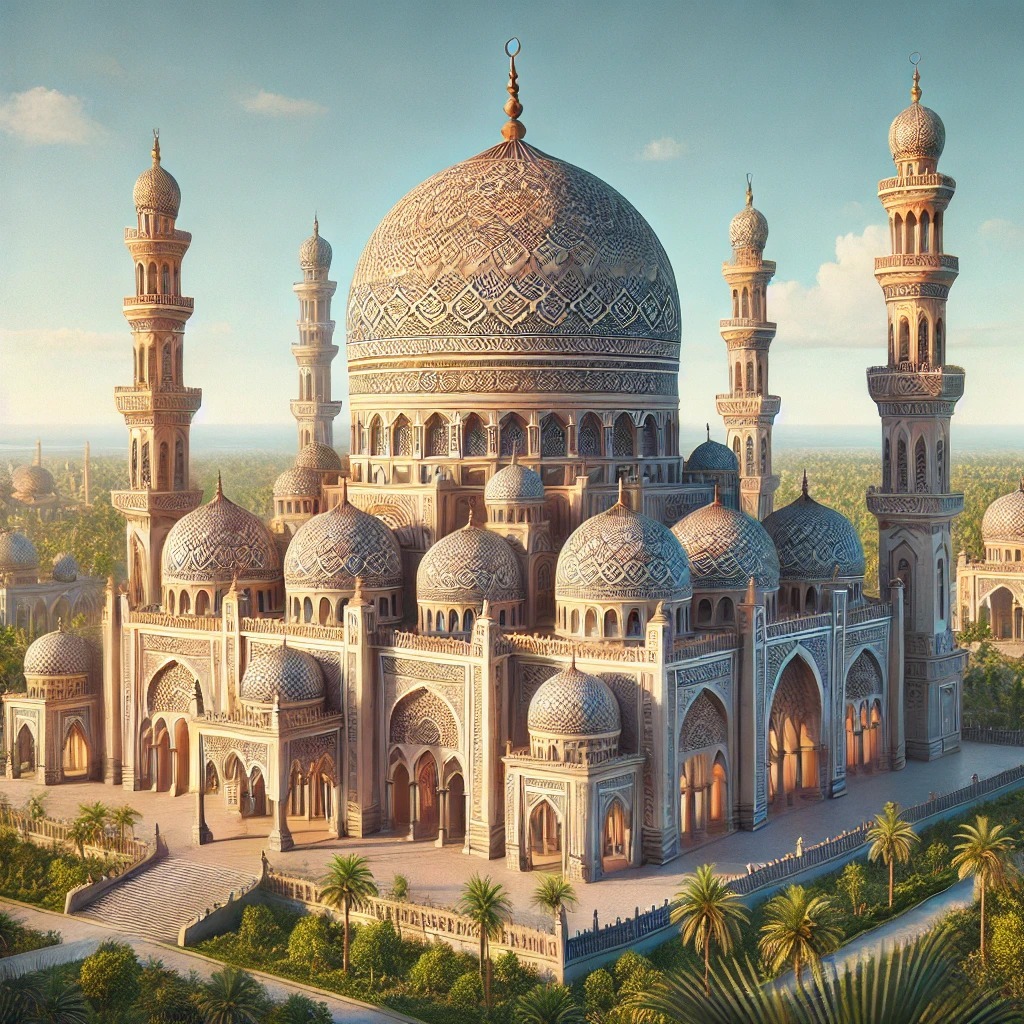


Nestled in the quiet locality of Zakhira in Bareilly, Masjid Mufti-e-Azam Hind stands as a modest yet revered local mosque honoring Mufti Mustafa Raza Khan, the esteemed "Mufti-e-Azam-e-Hind" and successor to the Barelvi movement's founder, Imam Ahmed Raza Khan. This intimate place of worship serves the Malookpur community, embodying the Sunni Hanafi tradition through daily prayers, educational sessions, and spiritual gatherings that echo the scholarly legacy of Bareilly Sharif.
In the historic city of Bareilly, Uttar Pradesh—a cradle of Islamic scholarship since the 19th century—lies the unassuming yet spiritually significant Masjid Mufti-e-Azam Hind, a local gem in the Malookpur area of Zakhira. Bareilly, long synonymous with the Barelvi school of Sunni thought, owes much of its theological prominence to the lineage of scholars descending from Imam Ahmed Raza Khan (1856–1921), whose dargah nearby draws millions annually. It is within this vibrant milieu that Masjid Mufti-e-Azam Hind emerges as a dedicated tribute to his son and spiritual heir, Mufti Mustafa Raza Khan (1892–1981), known reverently as Mufti-e-Azam-e-Hind, the "Grand Mufti of India." Born on July 18, 1892, in Bareilly Sharif, Mustafa Raza Khan inherited not only his father's mantle as leader of the Ahl-e-Sunnat wal Jamaat but also his profound commitment to defending orthodox Sunni practices against reformist currents. Trained rigorously in Islamic jurisprudence, Arabic, and Sufi mysticism under his father's guidance at the renowned Jamia Manzar-e-Islam (founded 1904), young Mustafa displayed prodigious talent, issuing his first fatwa at age 10 and later compiling the authoritative Fatawa-e-Mustafawiyya, a multi-volume work addressing thousands of legal queries. As head of the Darul Ifta in Bareilly after 1921, he issued over 500,000 fatwas, solidifying Bareilly's role as a global fatwa center for Hanafi Muslims. His tenure also saw fervent opposition to colonial-era threats, including the 1935 Shahid Ganj Mosque agitation in Lahore, where he mobilized Muslims nationwide, and the 1976 forced sterilization campaign under India's Emergency, which he publicly condemned as an assault on religious freedoms. The mosque, bearing his honorific title, reflects this era of resilience and revival. Though precise records of its founding remain sparse—indicative of its community-driven origins—it is believed to have been constructed in the mid-20th century, likely post-1947 amid the partition's upheavals and the consolidation of Barelvi institutions. Situated on Jasoli Street in the densely woven Zakhira neighborhood, part of the Baljati post office jurisdiction, the masjid occupies a central spot in Malookpur, a locality intertwined with Bareilly's colonial and post-independence urban fabric. Its architecture, true to local mosques, features simple whitewashed walls, a modest minaret for the adhan, and an open courtyard fostering communal iftar during Ramadan and milad-un-nabi celebrations honoring the Prophet Muhammad. For the residents of Zakhira and surrounding wards like Gulab Nagar and Koharapeer, the masjid functions as more than a prayer hall; it is a living extension of Bareilly's scholarly heritage. Daily congregational salahs draw locals for fajr and maghrib recitations, while weekly discourses delve into Mustafa Raza Khan's teachings on tawhid and Sufi ethics. The site hosts intimate Urs observances on the 14th of Muharram, commemorating his 1981 passing, with qawwali sessions and naat recitals that evoke the ecstatic devotion central to Barelvi piety. Adjacent madrasa-style annexes provide rudimentary Quranic education to children, perpetuating the chain of ilm (knowledge) that Mustafa Raza Khan championed, much like his efforts in expanding Jamia Manzar-e-Islam's curriculum. In an age of rapid urbanization, Masjid Mufti-e-Azam Hind preserves the essence of Bareilly's Islamic tapestry: unpretentious, rooted in jurisprudence, and infused with barakah (blessing). It stands as a quiet sentinel of faith, reminding visitors of how a local mosque can encapsulate a nation's spiritual history, bridging the 19th-century revivalism of Ahmed Raza Khan with the enduring legacy of his lineage. For those tracing India's historical Islamic sites, this understated edifice offers a poignant glimpse into the Barelvi heartland, where scholarship and sanctity converge in everyday devotion.
Year of Built: Not Available
Address: 9C63+CWM, Zakhira, Bareilly, Uttar Pradesh 243003
Country: India
State: Uttar Pradesh
District: Bareilly
Pincode: 243003
Longitude: 79.4048° E
Latitude: 28.3611° N